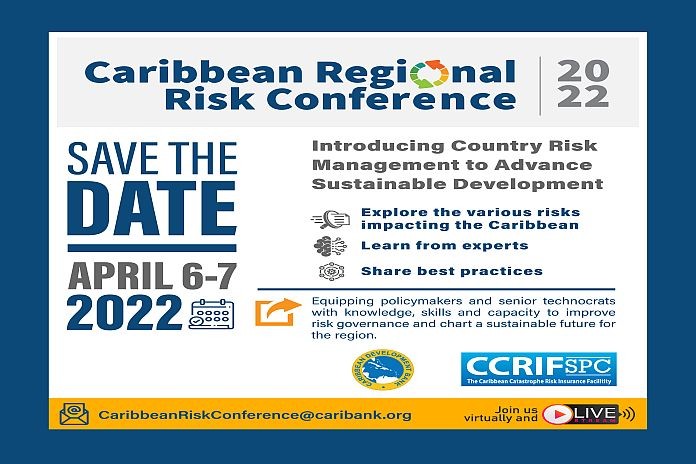BRIDGETOWN, Barbados — The Caribbean Development Bank (CDB) is urging regional countries to adopt an integrated approach to risk mitigation to improve risk profiles, as a means of creating more fiscal space to pursue Sustainable Development Goals (SDGs).
CDB president, Dr Gene Leon posited that currently Caribbean countries mainly identify and mitigate risks in an isolated manner, missing critical linkages, which perpetuates the region’s vulnerability to the impact of shocks resulting in high-risk profiles.
“Currently, international investors demand high returns for investments in the Caribbean to compensate for these relatively high risks. Those high returns translate into high funding costs for Caribbean governments, which puts pressure on fiscal sustainability and reduces fiscal space for the achievement of SDGs,” Dr Leon explained.
“Another way to view this is that the implementation of appropriate risk mitigation policies improves risk profiles and by extension credit ratings; further, the improved risk profile has a permanent effect on creditworthiness, which enhances access to more affordable financing. This perspective provides a solution that implies a permanent impact on our ability to access more affordable finance, while reducing the reliance on temporary-impact, lower rate concessional funding,” he added.
The bank president advised that an effective country risk management approach must recognise the interconnectivity of risks and that the integrated enterprise risk management frameworks used by institutions, including CDB, to address existing and emerging risks can also be employed by countries.
“These tools are applicable also at the sovereign level for use by governments to conduct a sound integrated framework that combines climate and non-climate risks. It is important that heads of governments embrace this new way of thinking as it relates to risk management at the sovereign level. Using this integrated approach is the only way to effectively conduct risk mitigation, which as noted is crucial to achieving sustainable development goals,” Dr Leon said.
“In this context, risk mitigation can be a catalyst towards achieving SDGs, by creating more fiscal space from lower funding costs to pursue SDGs, or by way of accessing more affordable capital to pursue SDGs. Risk reduction cannot be achieved, however, without the adoption of an integrated approach to risk management. Therefore, risks mitigation policies become a foundation for lower risk profiles and improved potential to achieving SDGs.”
The CDB president was speaking at the Caribbean Regional Risk Conference, a joint initiative between CDB and CCRIF SPC being held on April 6 and 7. The two-day event is addressing the myriad of risks facing Caribbean countries including, climate change, economic, geopolitical, environmental, societal, technological and natural hazard risks, which continue to impact the region’s development prospects.
Conference speakers include Dr Carla Barnett, CARICOM secretary-general; Isaac Anthony, chief executive officer of CCRIF SPC; Mary Boyer, Disaster Risk Management Specialist, The World Bank; Jennifer Chang, vice president-senior analyst, Moody’s Analytics; and Philippe B. Brahin, managing director and head of Americas, Public Sector Solutions, Swiss Re.





